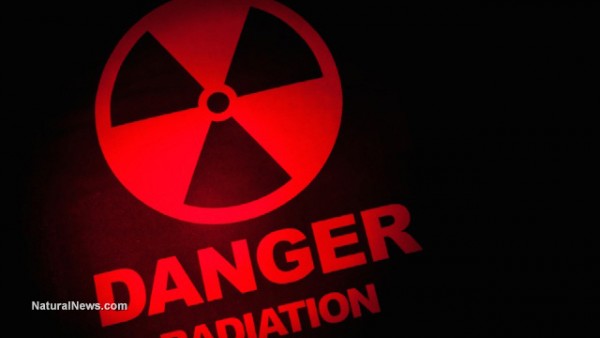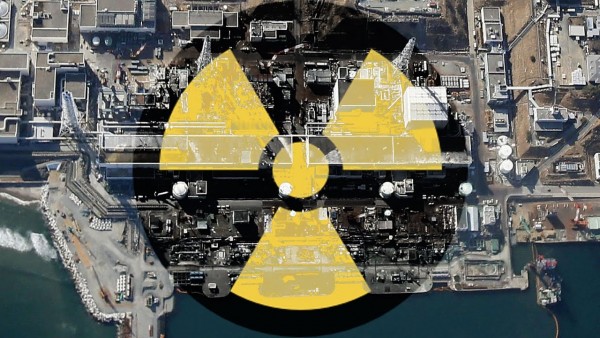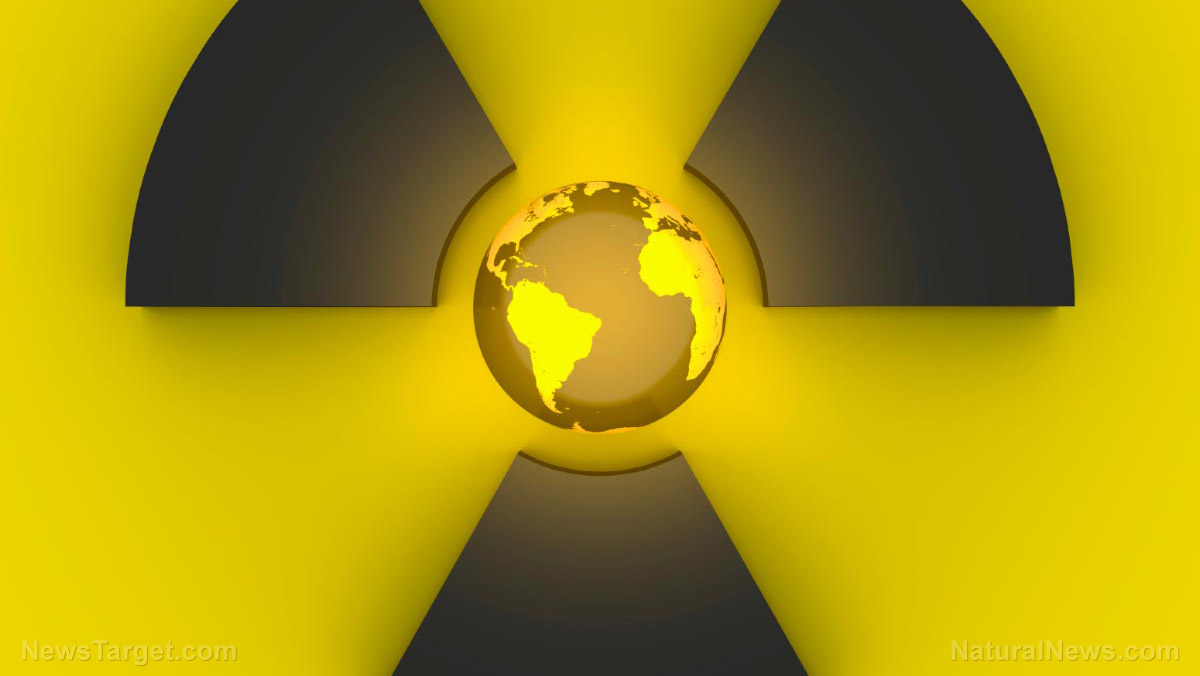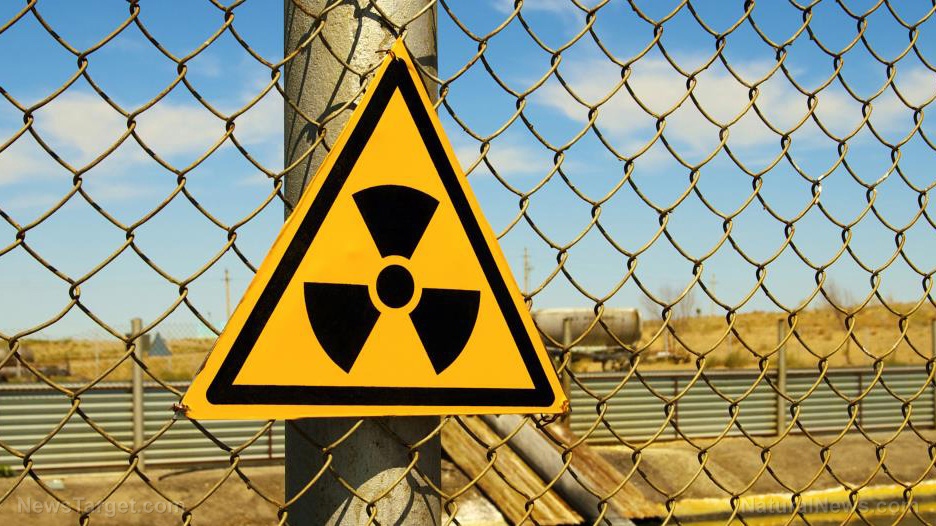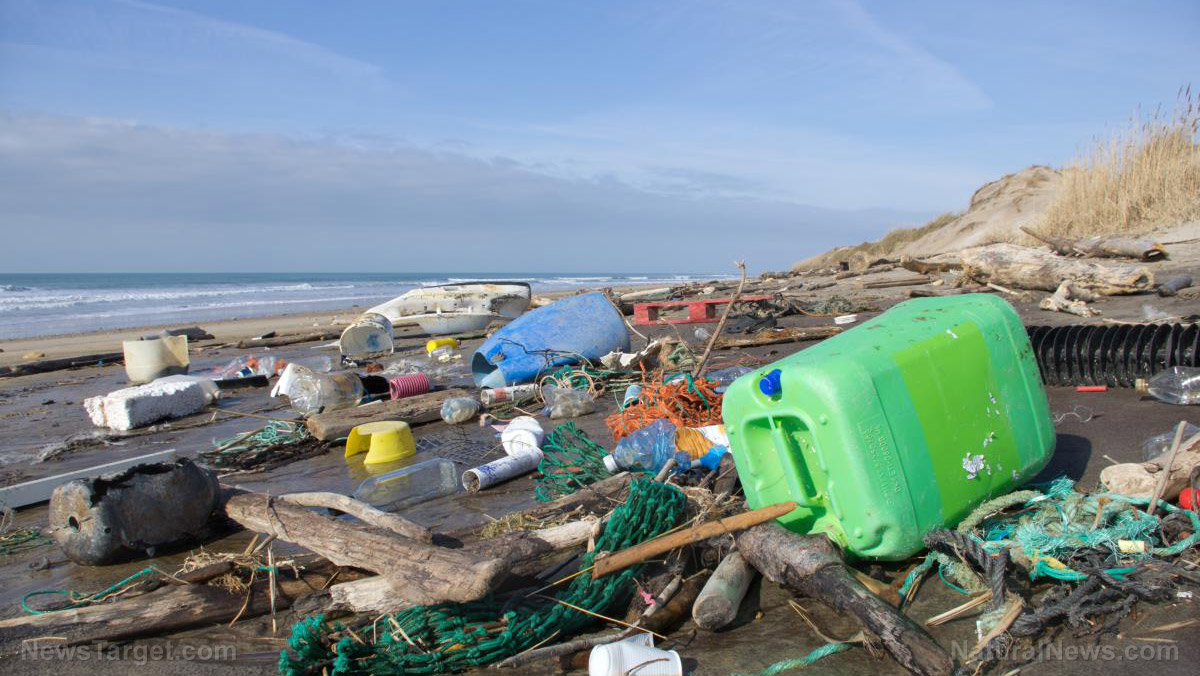Radioactive iodine has been “legally” released by European nuclear power plants for over fifty years… used for “tracking ocean currents”
08/28/2017 / By Isabelle Z.
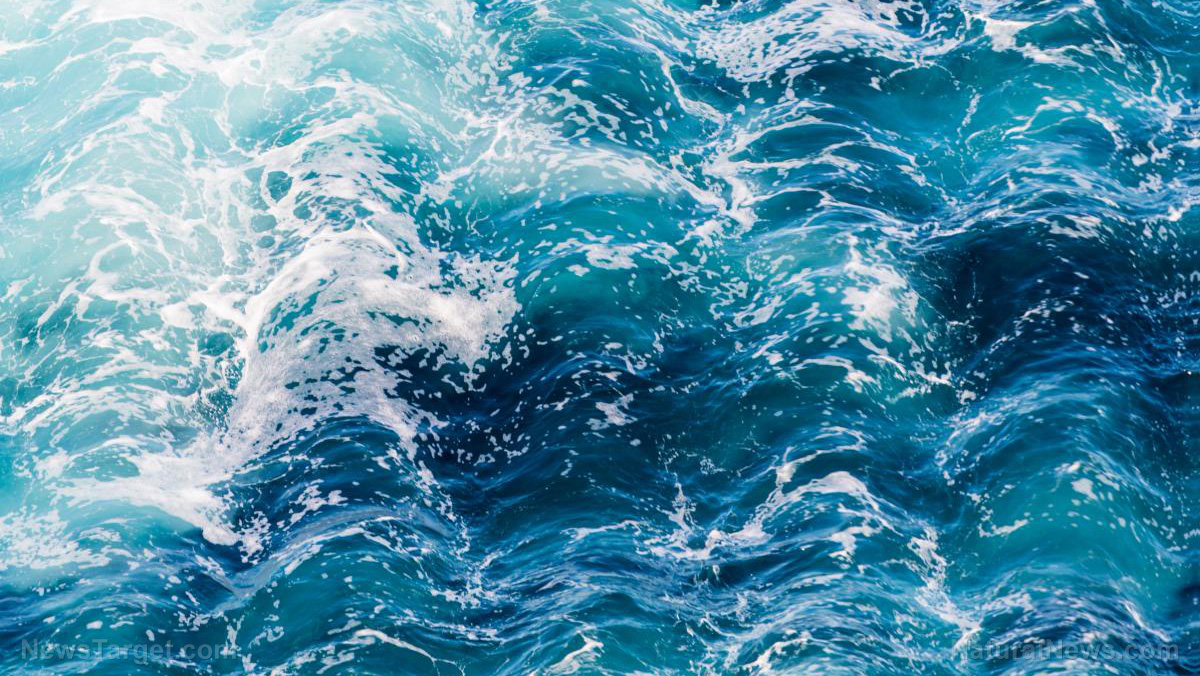
Bermuda is a popular getaway destination, attracting people who are looking to get away from urban life and recharge a bit surrounded by crystal clear waters and nature. The beaches of Bermuda might not have that stifling big-city air, but something quite unexpected is lurking far beneath its waters. A study that was recently presented at the Goldschmidt geochemistry conference in France has revealed that radioactive material from European nuclear power plants had made its way to the tropical waters of Bermuda.
Incredibly, nuclear reprocessing plants at La Hague in France and Sellafield in the U.K. have been legally releasing radioactive contaminants for more than 50 years. In fact, scientists have started using the radioactive material known as 129iodine (129I) to track the movements of currents in the ocean. While they are quick to point out that the levels of radioactivity in the North Atlantic are very low and not dangerous, many people are uncomfortable with the idea of such chemicals being intentionally released into our planet’s waters.
The Bedford Institute of Oceanography’s Dr. John N. Smith said the tracking enabled them to confirm just how deep the ocean currents in the North Atlantic flow. The iodine began its 15,000-kilometer journey at the two plants in France and the U.K. and continued flowing north to the Arctic Ocean off of Norway. From there, it circulated around arctic basins before returning to Nordic Seas in a pattern known as the Arctic loop. Next, it headed south down North America’s continental slope before reaching Bermuda at depths below 3,000 meters. It has already made its way across a third of the globe, and it is expected to continue to flow to the south into the South Atlantic and ultimately spread itself throughout the ocean.
The scientists chose 129I because it is easily detectable even at very low levels with the help of accelerator mass spectrometry. It decays at a predictable rate and has an amazingly long half-life of 15.7 million years. The same isotope was produced in nuclear testing and the disasters at Fukushima and Chernobyl.
Risky game of “stick in a stream”
The researchers want to determine the movement of the deep ocean currents that pull carbon dioxide from the atmosphere into the ocean. Oceans are believed to have absorbed around a quarter of all the carbon dioxide that is emitted by humans.
The scientists liken it to the old “stick in a stream” game that many kids play, where they drop something buoyant into a body of water and watch where it comes out. This version, of course, is a lot more scientific – and far more potentially dangerous.
Half life of nearly 16 million years
129I was one of the most concerning radioactive isotopes released into the environment as a result of the meltdown at Fukushima. Radiation in oceans eventually enters the water supply, which means it will make its way to the food supply at some point. In addition, iodine from the ocean can enter the air in the form of sea spray or iodine gas, according to the Agency for Toxic Substances and Disease Registry. It also remains in soil for a long time, where it can be taken up by the plants growing there. Why are we adding even more of this to our waters? It may not be dangerous in small amounts, but what happens as more and more starts to accumulate?
Sources include:
Tagged Under: 129I, Fukushima, iodine, nuclear disasters, ocean currents, Oceans, radioactive elements, radioactive iodine

